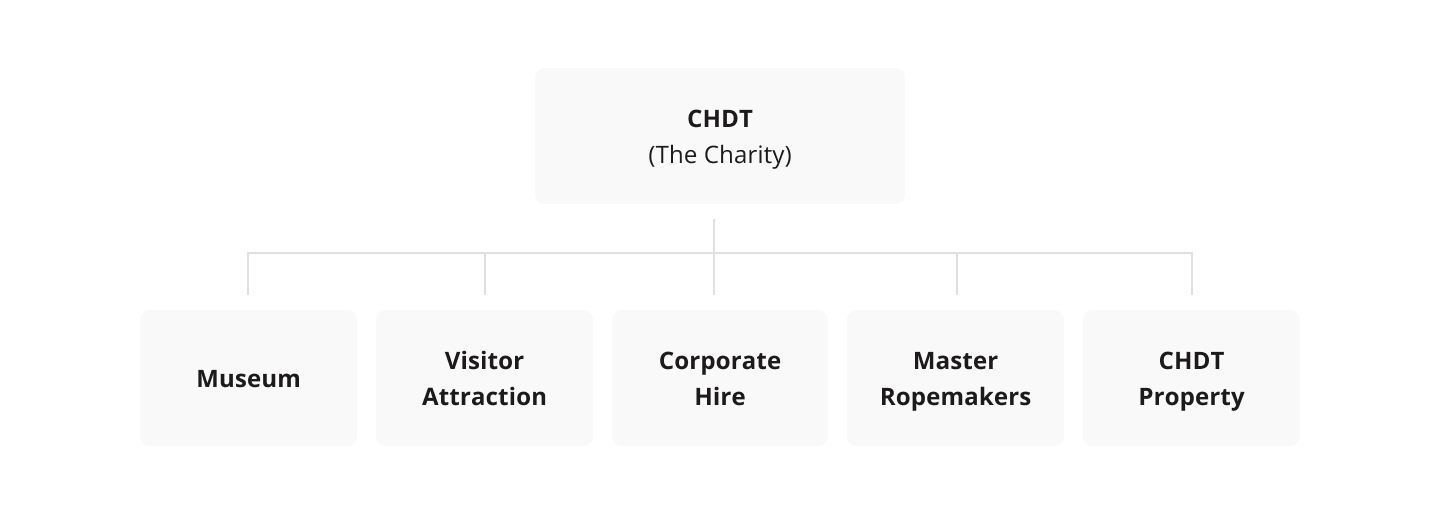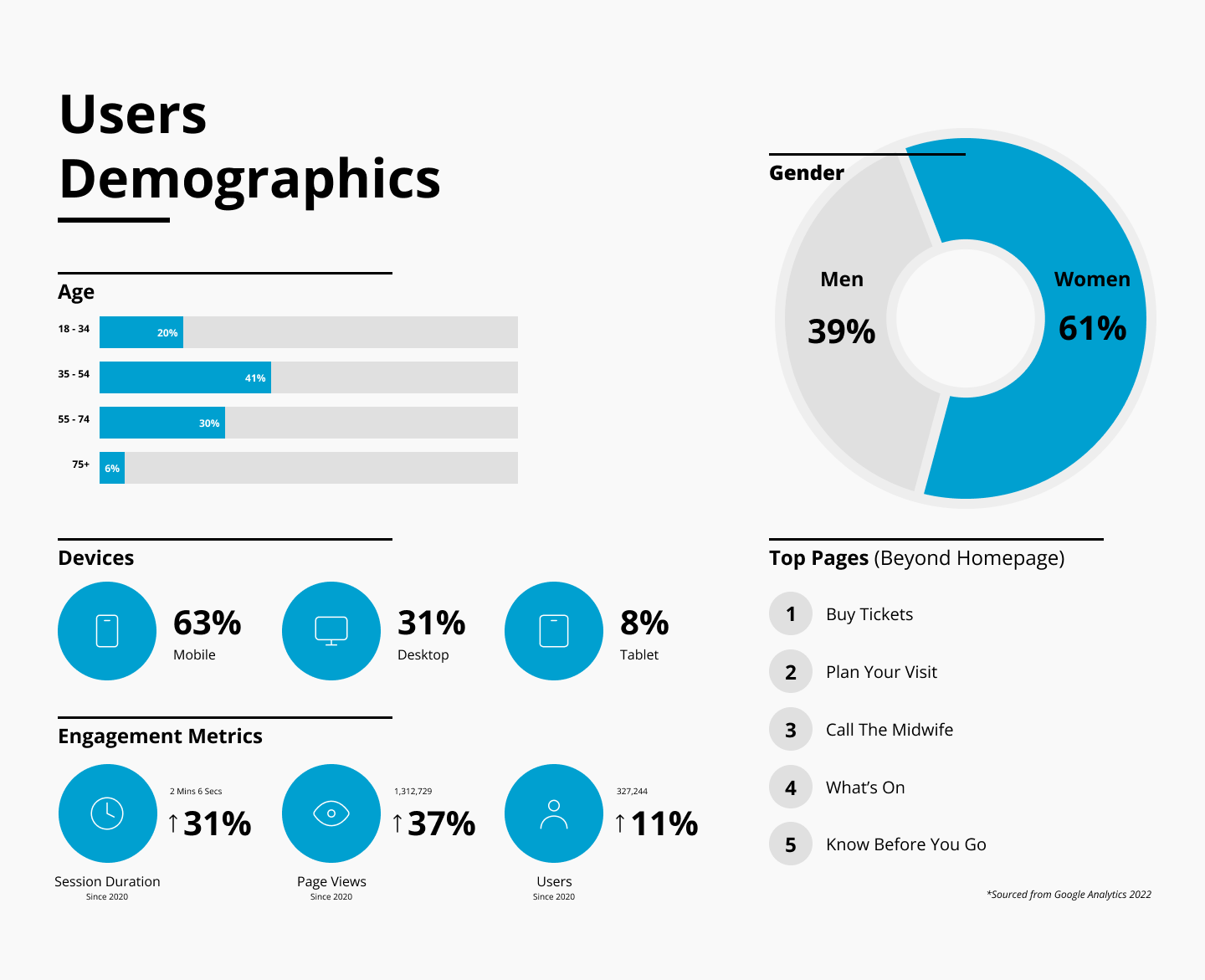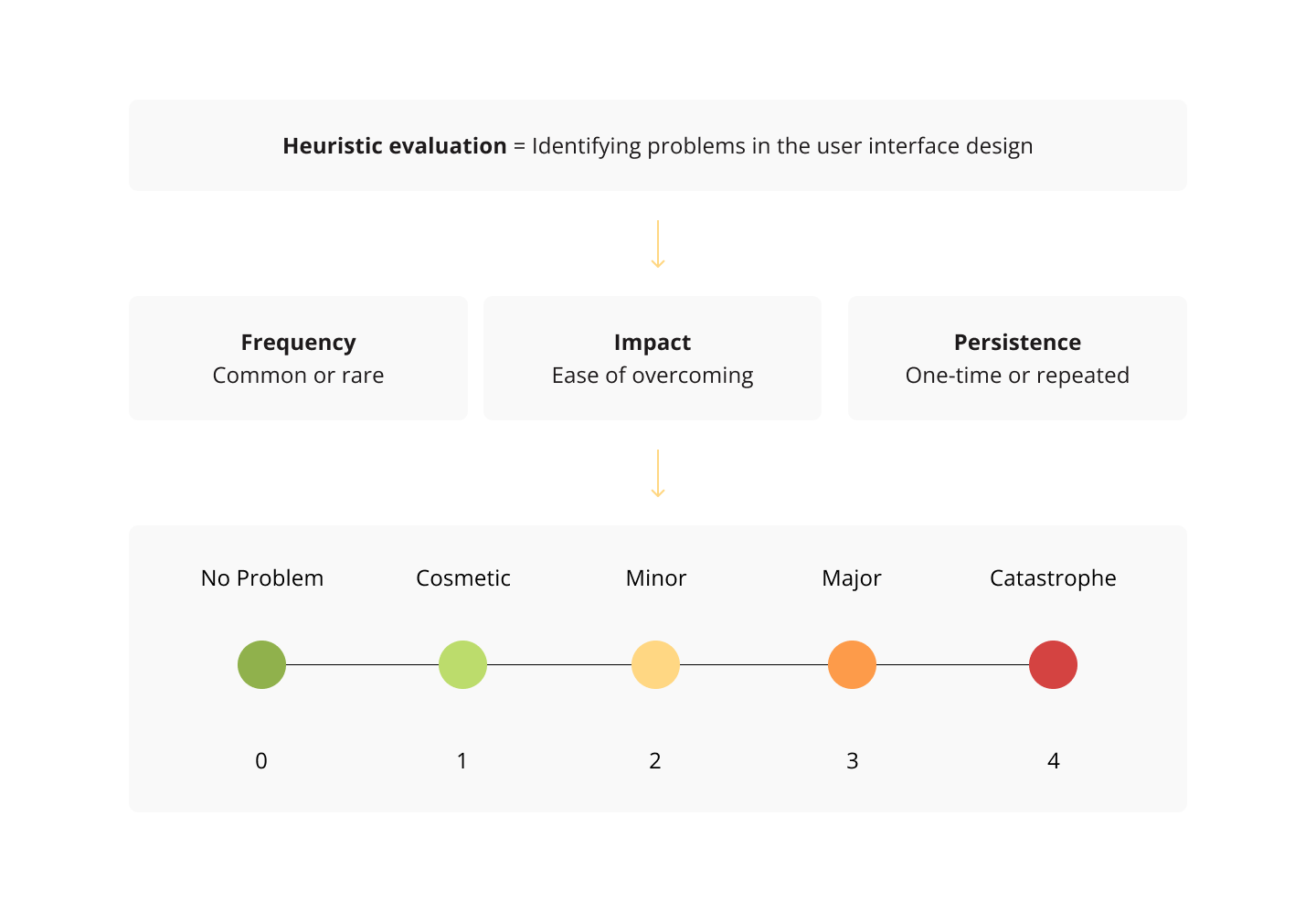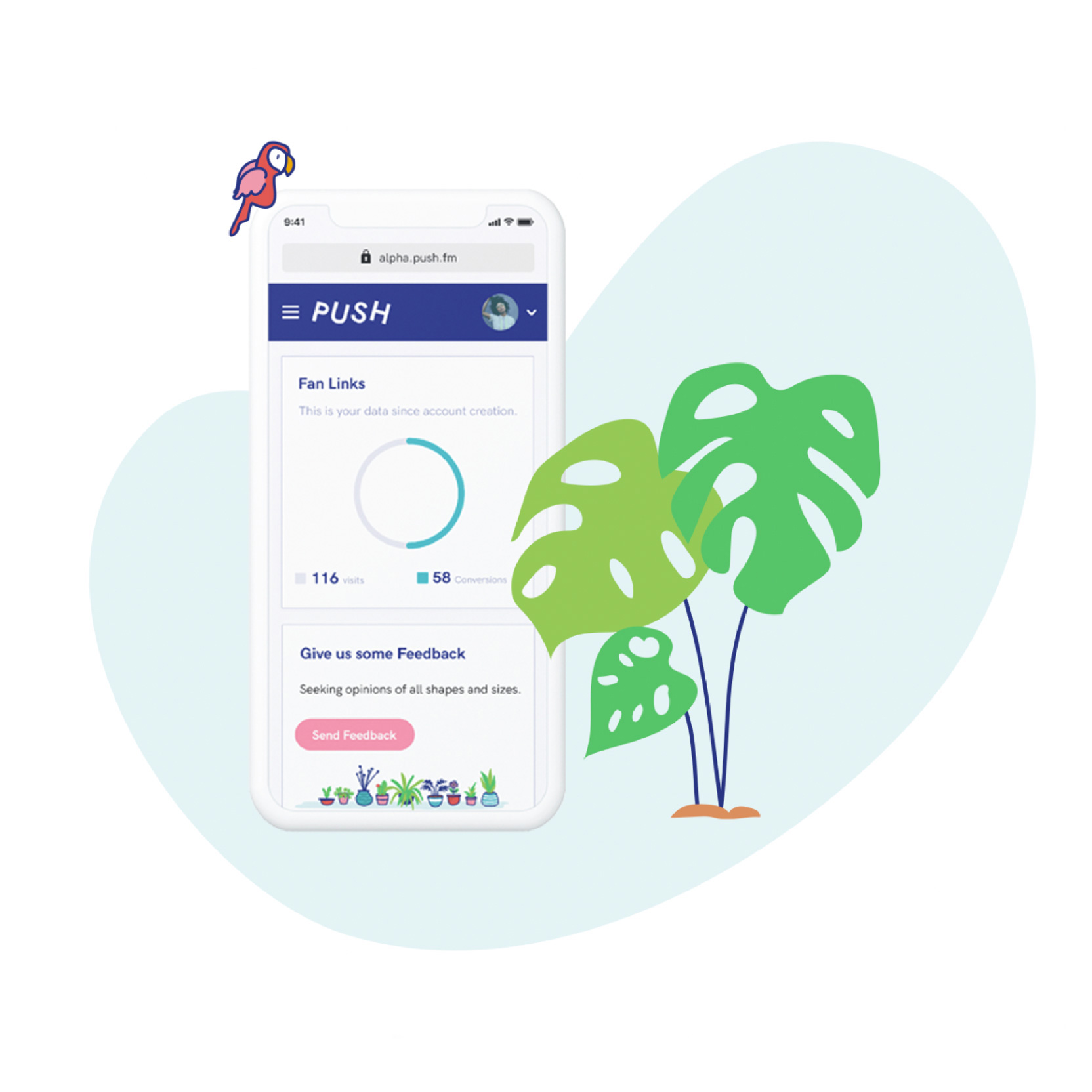Project Details
- Website redesign for The Historic Dockyard Chatham
- Client project with Hatched London
- March – May 2022 (3 Months)
The Team
- My Role: UX/UI Designer.
- Team: 2 UX/UI Designers, 1 Developer, 1 Project Manager & 1 Design Director.
Tools
- XD
- Asana
- Miro
Problem Overview
The Historic Dockyard Chatham Trust (CHDT) faced challenges in translating its complex business model into a cohesive digital presence. The outdated website’s convoluted navigation hindered engagement and communication, limiting CHDT’s ability to showcase its attractions effectively. These issues undermined competitiveness in the digital landscape.
Pressed for time?
No worries, we’ve got a before & after comparison slider here with a link to the live site right here.
What we did to solve the problem
Despite budget and time constraints, we advanced CHDT’s website with an improved information architecture and better content organization and effectively narrating the dockyard’s story. These strategic updates fostered a more intuitive user experience, closely aligning with CHDT’s vision.
Outcomes
We successfully redesigned and launched The Historic Dockyard Museum website and the Master Ropemakers ecommerce site, enhancing website accessibility and receiving positive feedback from the CHDT team. We now await the acquisition of key performance indicators (KPIs) for the website redesign.
What is CHDT?
The Chatham Historic Dockyard Trust (CHDT) is an independent charitable organization devoted to safeguarding and showcasing The Historic Dockyard Chatham’s maritime legacy. Founded on principles of preservation and promotion, CHDT has evolved its operational structure since the inception of its website.

Strategic Enhancements for Key User Actions
Our redesign elevated the user experience to prompt the key actions identified by CHDT: streamlined purchasing, simplified planning, responsive inquiries, enriched learning, and engaging with content & social media presence. These enhancements directly contribute to a more intuitive and engaging user journey.
How did we get here?
Before delving into the specifics of our redesign strategy, it was imperative to ground our approach in empirical data. The first step in our journey was to analyze the existing website’s performance through Google Analytics. This provided us with a wealth of insights into user behavior, preferences, and the site’s areas of strength and opportunities for improvement.

Understanding Our Audience Through Assumption-Based Personas:
To ensure our redesign addressed the needs of CHDT’s diverse audience, we developed a series of assumption-based personas. These personas, while not backed by direct user research data, were crafted from internal insights, known visitor patterns, and best practices within the heritage and museum sector. They represent the broad spectrum of individuals and groups CHDT serves:
These personas guided our design strategy, ensuring we considered the varied motivations and behaviors of CHDT’s visitors.
Redesign Strategy Informed by Heuristic Evaluation:
With our assumption-based personas as a compass, we embarked on a redesign strategy deeply informed by heuristic evaluation findings. This evaluation highlighted areas where the site’s usability could be enhanced to better serve our personas’ needs – from improving the visibility of educational resources for school trip organizers like Helen, to streamlining the wedding venue exploration process for couples like Nick & Ella.

Outcomes and Reflections:
The redesign has been met with positive internal feedback, suggesting an improved alignment with the needs of our diverse user personas. While we anticipate further data to refine our understanding, the initial responses indicate a successful stride toward a more inclusive and navigable website for all of CHDT’s visitors.
Learnings
Keep it human-centred. Always.
Even when redesigning a website, it is important to start by empathizing with the user. This allows us to think about effective solutions compared to conducting an evaluation as a checklist.
Emphasize cost-effective and efficient research methods.
Post-project, I investigated budget-friendly research avenues such as Microsoft Clarity and prototype testing with a small group of real customers. Prioritizing these methods can enhance website redesign outcomes, even with constrained resources.
Consistent Branding
When working with a client, it is important to present the redesign in a way that fits with their branding.



